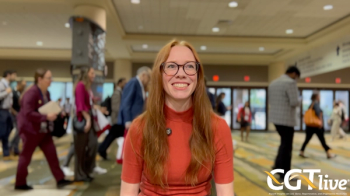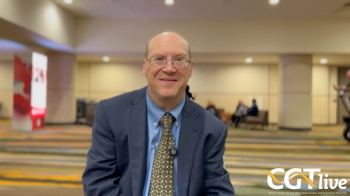
Pretreating Cells With PAK4 Inhibitor Lets CAR T-Cell Treatment Work in Solid Tumors
Penn Medicine researchers use mice experiments to find a potential solution to the challenge of delivering CAR T cell treatments to solid tumors in glioblastoma.
The wonders of chimeric antigen receptor (CAR) T-cell therapy, which harness the immune system in the fight against cancer, have thus far proved successful in blood cancers such as leukemias and lymphomas. Solid tumors have proved more challenging, and glioblastoma—the deadly form of brain cancer—has been most difficult of all.
But a group of researchers at Penn Medicine has potentially unlocked the secret to letting CAR T-cell therapy do its job in glioblastoma. The solution calls for pretreating the cells that line the blood vessel walls that prevent CAR T-cells from reaching the tumor, thus allowing the immunotherapy to reach the cancer and do its job.
In a paper published today in Nature Cancer, authors walk through the painstaking steps of screening more than 500 different kinases that might hold to the key to their puzzle—which enzyme regulated blood vessel activation in endothelial cells? Once they settled PAK4, a known instigator of solid tumor growth, they developed a PAK4-knockout mouse model for one type of experiment.
They implanted glioblastoma tumor cells in these mice, and found that by limiting PAK4, they reduced vascular abnormalities and appeared to allow T cells to penetrate the tumor. “Interestingly, PAK4 knockout robustly stimulated T cell infiltration into the tumors, probably contributing to the inhibition of tumor growth,” the authors wrote.
Approximately 80% of the PAK-knockout mice survived for at least 60 days after the experiment ended; by contrast, all the wild-type mice died within 40 days of having the tumor cells implanted, despite having a T-cell infusion.
“We suggest that the therapeutic efficacy associated with enhanced T cell delivery and homing by PAK4 inhibition can be further improved when combined with other immunotherapy approaches capable of increasing T cell persistence by inhibiting T cell exhaustion and/or by stimulating T cell activation in the tumor microenvironment.,” the authors wrote. Thus, they write, targeting PAK4 makes the tumor microenvironment more receptive for T cells to do their job, and may have implications beyond glioblastoma and even immunotherapy.
Returning blood vessels to their normal state by reducing oxygen deprivation, known as hypoxia, could improve results across a range of cancer treatments, from targeted therapy, to radiation, to chemotherapy.
"To our knowledge, we are the first to show how we can reprogram the whole vascular microenvironment with a PAK4 inhibitor and promote cellular therapy," said senior author Yi Fan, PhD, an associate professor of Radiation Oncology in the Perelman School of Medicine at the University of Pennsylvania. "Importantly, this may not only be limited to brain tumors; it could potentially be used for all types, including breast, pancreatic, and others, because vascular abnormality is a common feature for almost every solid tumor."
Reference
Ma W, Wang Y, Zhang R, et al. Targeting PAK4 to reprogram the vascular microenvironment and improve CAR-T immunotherapy for glioblastoma. Nat Cancer. Published online November 30, 2020. er at https://doi.org/10.1038/s43018-020-00147-8.
Newsletter
Stay at the forefront of cutting-edge science with CGT—your direct line to expert insights, breakthrough data, and real-time coverage of the latest advancements in cell and gene therapy.

















































